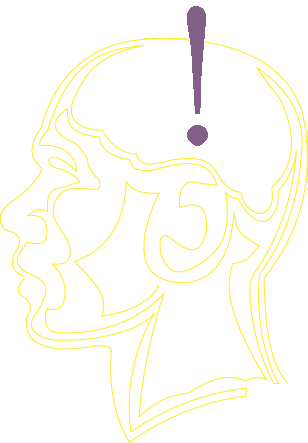

2010 2011 2012 2013 2014 2015 2016 2017 2018 2019 2020
Author(s): Elizabeth Valdes , Emma George
Presentation: poster
Giant clams, Tridacna spp., obtain nutrients using two feeding modes: symbiotic relationship with zooxanthellae and filter feeding. This suggests Tridacnid clams will have no preferred directional position and mantle orientation on patch reefs. Therefore, when the adult Tridacnid clam’s mantle orientation and directional quadrant position were examined on patch reefs near the windward side of Heron Island, Australia, we hypothesized the clams would have no preferred position and orientation on patch reefs. The mantle orientation and quadrant positions of Tridacnid clams on the reef flat were recorded with a compass. Positions of Tridacnid clams on patch reefs were significant (p<0.05; df=3) with the largest number of clams (26%) positioned in the northeast quadrant of individual patch reefs. Like other organisms, clams require resources such as light and food. Therefore clams, like plants, will position themselves in available spaces with access to necessary resources. However, orientation of mantles appeared to be random (p>0.05; df=3). We suspect outside factors: currents and competition influence final mantle orientation of clams on patch reefs. Similarly, intraspecific competition has an effect on other sessile filter feeders’ positioning and orientation. Future studies could determine the effects of currents, competition, temperature on the position of Tridacnid clams.
The College of Idaho 2112 Cleveland Blvd Caldwell, ID 8360 USA 208-459-5011 800-2C-IDAHO